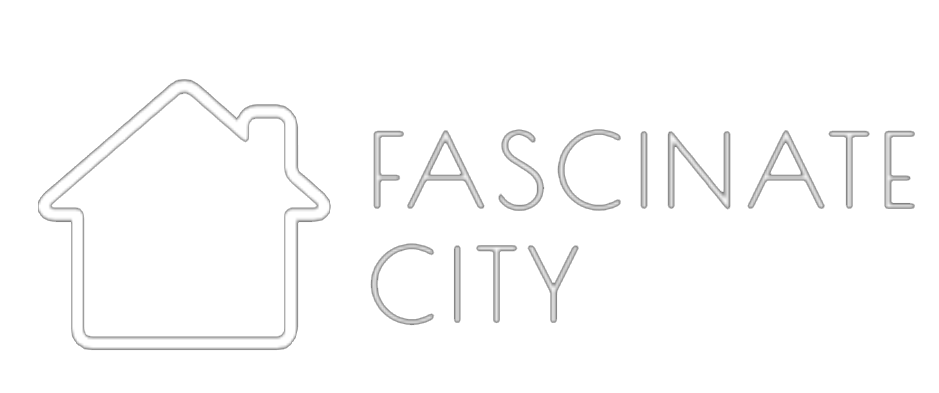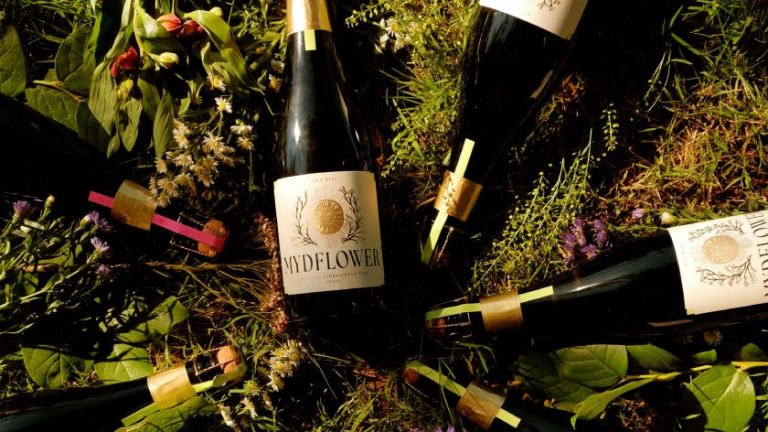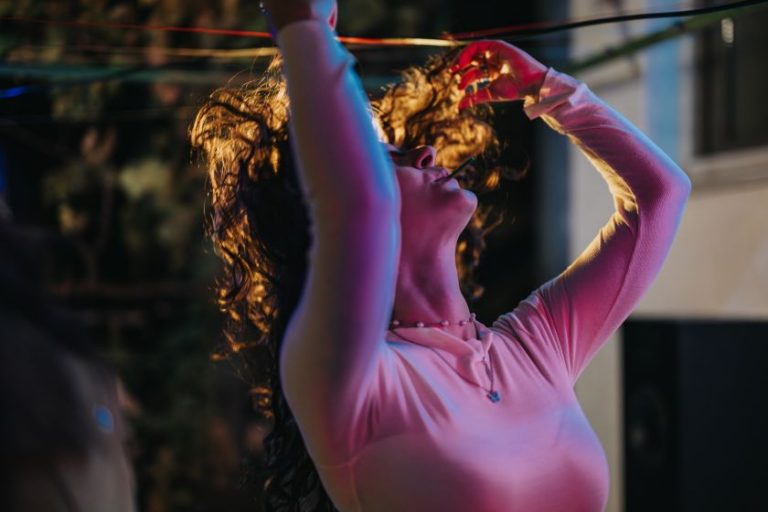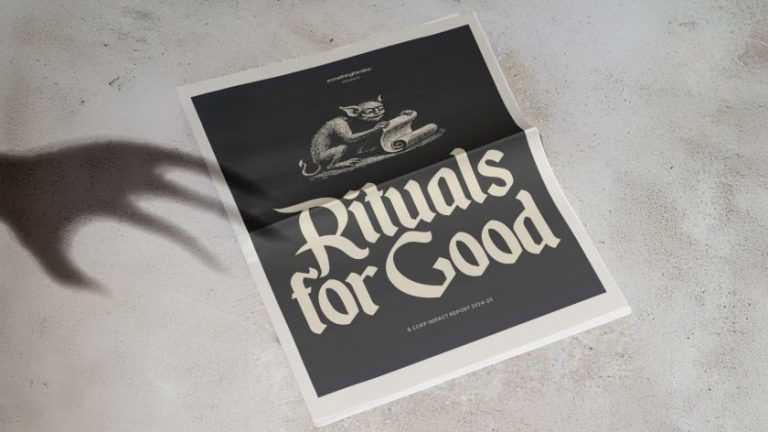Bringing together woodcuts, watercolours and silk-weaving, these designs for Folio Society’s luxury 250th anniversary edition are simply stunning. So we couldn’t wait to find out how they were made…
When illustrator and printmaker Sarah Young first got the commission to illustrate Jane Austen’s complete novels for Folio Society, she was a little taken aback. “Most of my work recently has been around myth, folktale and especially the Ancient Greeks,” she explains. We’re glad she took on the challenge, though, because this unexpected pairing has resulted in a set of the most enticing book designs we’ve seen in some time.
The Complete Novels by Jane Austen, published by Folio Society and limited to just 750 copies at £925, brings together the best in traditional craftsmanship and artistic innovation. Sarah’s illustrations—comprising woodcut frontispieces, linocut illustrations, and delicate vignettes—are beautifully complemented by typography from Emily Benton, monograms by Ruth Rowland, and jacquard cloth bindings woven from Sarah’s watercolours by Stephen Walters & Sons, Britain’s oldest silk-weaving firm.
Each volume features introductions by writers including Elena Ferrante, Sebastian Faulks and Lucy Worsley, who also provides a foreword. The books are hand-bound by Yorkshire’s Smith Settle, creating what production director Kate Grimwade describes as “the most exquisite version of Austen’s novels.”
So, we wondered, how did Sarah go about starting this fascinating project?
Personal connection
Sarah’s visual research began with personal connection. “I was lucky to have a few books of my mother’s on costume of that period, as she was a fashion designer, and also loved the Empire line dresses of the Regency period,” she explains. “As a child, most of the clay figures I made were women in these dresses. And I find books are often far more useful than the convenient and often wrong internet.”
More broadly, the scale of the project—six novels requiring frontispieces, multiple illustrations and vignettes—demanded a lot of careful planning. “I needed the structure of deadlines and spreadsheets to keep on track,” Sarah notes. “Not least because I had other work to juggle as well.”
The cornerstone of Sarah’s approach was to establish visual constraints that would unify the collection, while allowing a degree of variation within it. As she puts it: “I wanted order and rules to come over in the design; hopefully contrasting with strong and gentle emotions in some of the images.
“I came up with the constraint of the same shape for all five internal illustrations, and related but different ones for each book, which helped with the composition of the images,” she adds. “So there was a consistency and flow throughout all six books, along with the shape itself to convey in some way the character of the book.”
Illustrating Austen’s novels presented a unique challenge for Sarah. “I needed to find the most interesting and pertinent images for each particular book, to be well spaced throughout,” she explains. “But a lot of these books were originally based on letters—purely correspondence between characters—so there was a danger it could end up just a lot of talking heads!”
To avoid this trap, Sarah drew on her printmaking background to create bold, emotionally resonant images that transcend literal representation.
Textile treasures
One of the project’s most fascinating elements was Sarah’s collaboration with Stephen Walters & Sons to translate her watercolour designs into woven jacquard cloth for the book bindings.
Her visit to the historic weaving company proved revelatory. “I had a wonderful visit to Stephen Walters, where I was was shown round and helped later a great deal by Beth Humes and Sarah Thornley,” she recalls. “I loved how all the processes to make the final product are all done under one roof; I loved the buildings.
“It actually reminded me of a well ordered, maintained and weatherproof version of my own studio,” she adds. “I’m very lucky to have it, as it hasn’t been messed around with or developed in any way from its time as a coachmaking workshop. That does mean I boil in the summer and seize up with the bitter cold in the winter, but I love it.”
The Stephen Walters facility, meanwhile, revealed unexpected delights beyond the production floors. “The silk weaving company had a massive dark storeroom full of silks and cottons of all ages,” she enthuses. “The highlight, though, was the pattern book room, which I’d have loved to have stayed in for some days. There were books from floor to ceiling, full of designs and swatches from many centuries; some unbelievable forms, shapes and colours, that you might only have seen in a particularly good dream. I’m interested in too many things, and pattern is one of them, so it was lovely to have this opportunity and also probably very sensible for me that I was given a lot of guidance in the design.”
The textile designs required specific historical elements while maintaining contemporary appeal. “It had to be floral and evoke the shapes of the era,” Sarah explains. “In the end, I produced a gouache painting of the design and an overlay with a suggestion of how the threads might be placed—directions, size etc. Also lots of suggestions of colour ways to suit each book but that would also work well together as a set of six.”
Overall, these beautiful volumes represent a remarkable convergence of printmaking, watercolour painting, silk weaving and bookbinding. Sarah’s systematic approach, combined with deep respect for historical craftsmanship, demonstrates how luxury publishing can honour both literary heritage and artisan tradition. If you want one, though, be quick: Folio Society limited editions typically selling out in under four hours.










